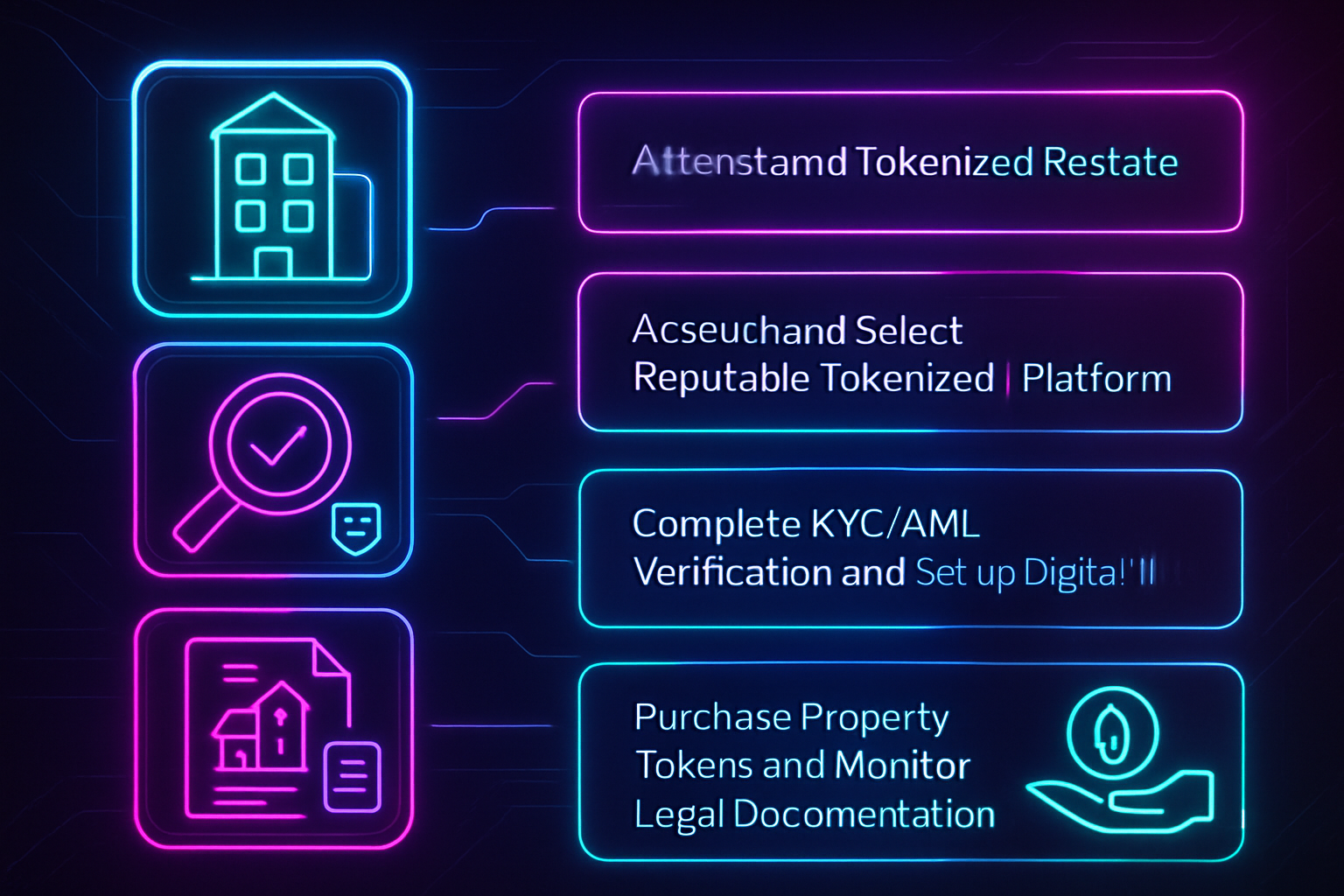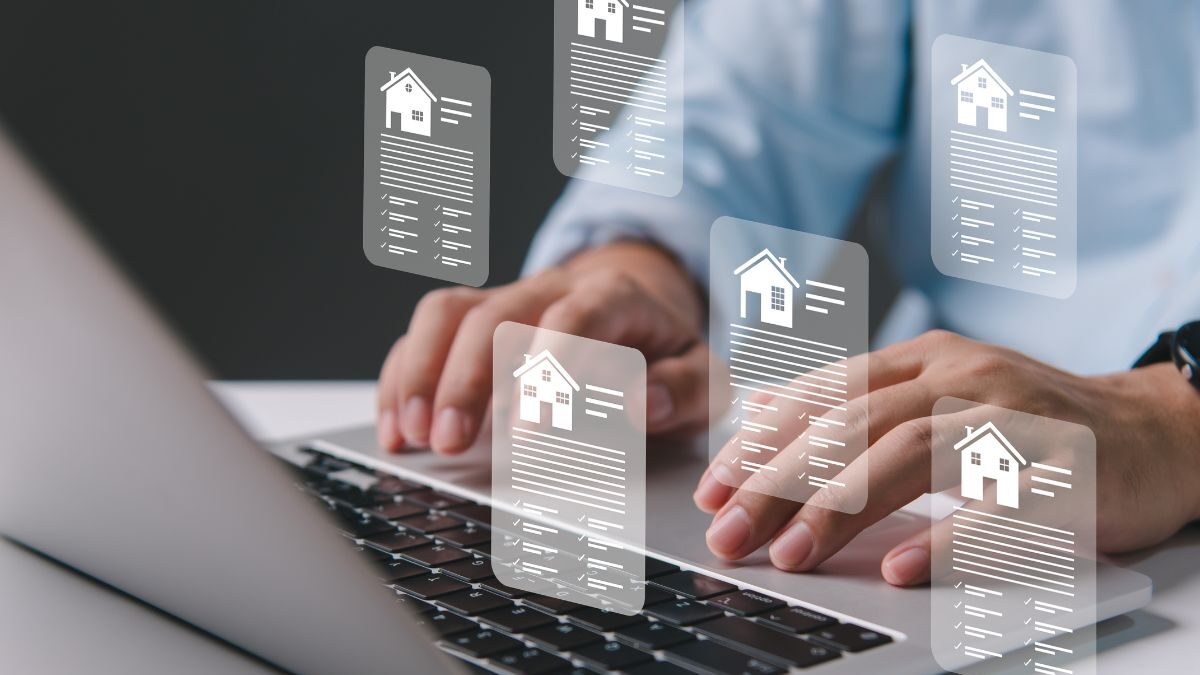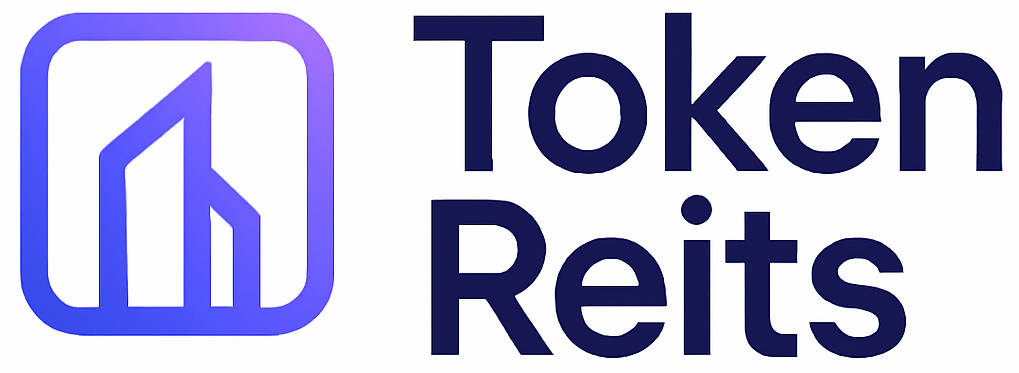
Tokenized real estate is transforming how individuals access the property market, making it possible to invest in high-quality assets with as little as $50. By leveraging blockchain technology, investors can own fractional shares of properties via digital tokens, unlocking liquidity and global reach previously unimaginable in traditional real estate. For beginners, navigating this new frontier requires a clear, step-by-step approach tailored to today’s fast-evolving landscape.

1. Understand Tokenized Real Estate and Assess Your Investment Goals
Before diving in, it’s crucial to understand what tokenized real estate actually means. In simple terms, tokenization converts ownership rights in physical properties into digital tokens on a blockchain. Each token represents a fractional share of the underlying asset, entitling holders to a proportionate share of rental income and potential appreciation.
Begin by asking yourself: What are my investment objectives? Are you seeking stable income from rental yields, long-term capital appreciation, or diversification beyond traditional stocks and bonds? Clarifying your goals will help you select the right platform and property types for your needs. For those new to the sector, starting with smaller amounts (as low as $50 on platforms like RealT or Lofty) can be an effective way to learn while limiting risk exposure.
“Tokenized real estate is breaking down barriers for global investors. The key is knowing your risk tolerance and setting clear targets before you buy your first token. “
2. Research and Select a Reputable Tokenized Real Estate Platform
The next step is to research available platforms that facilitate property tokens investment. Not all platforms are created equal; look for those that are transparent about their regulatory compliance, have robust security measures in place, and offer detailed disclosures about their listed properties.
Top Tokenized Real Estate Platforms: Step-by-Step Guide
-

Understand Tokenized Real Estate and Assess Your Investment GoalsBegin by learning how tokenized real estate converts property ownership into digital tokens on a blockchain. Clarify your investment objectives—such as income, diversification, or long-term growth—to guide your platform and property choices.
-

Research and Select a Reputable Tokenized Real Estate PlatformExplore established platforms like RealT (U.S. residential), Lofty (single-family rentals), or HoneyBricks (commercial properties). Compare minimum investments, property types, and regulatory compliance.
-

Complete KYC/AML Verification and Set Up a Digital WalletRegister on your chosen platform and complete KYC/AML checks to comply with regulations. Set up a compatible digital wallet (e.g., MetaMask, Coinbase Wallet) to securely hold your property tokens and manage transactions.
-

Evaluate Available Property Tokens and Review Legal DocumentationCarefully review property listings, analyzing factors like location, projected returns, and risk. Examine the legal documentation—such as offering circulars and token terms—to understand your rights and obligations as a token holder.
-

Purchase Property Tokens and Monitor Your Investment PerformanceDecide how many tokens to buy—investments often start at $50 on platforms like RealT and Lofty. Use the platform dashboard to track rental income, property appreciation, and access secondary markets for liquidity if available.
Popular options include:
- RealT: Invest in U. S. -based rental properties starting at $50 per token.
- Lofty: Focuses on single-family homes with similar low entry points.
- HoneyBricks: Specializes in commercial assets with minimums beginning at $1,000.
Your choice should align with your capital availability and preferred asset class (residential or commercial). Always verify that the platform complies with relevant regulations, especially important for U. S. -based investors subject to SEC oversight.
3. Complete KYC/AML Verification and Set Up a Digital Wallet
KYC (Know Your Customer) and AML (Anti-Money Laundering) checks are standard requirements on reputable platforms. These measures protect both the platform and investors from fraud and ensure compliance with financial regulations. Expect to provide identity documents such as a passport or driver’s license during registration.
You’ll also need to set up a digital wallet. Some platforms offer built-in custodial wallets; others require you to connect an external crypto wallet compatible with Ethereum-based tokens (such as MetaMask). Funding your account can typically be done via bank transfer, credit card, or cryptocurrencies like ETH or stablecoins (e. g. , USDC). Double-check supported payment methods before committing funds.
The Next Steps: Evaluating Properties and Making Your First Purchase
Once your account is verified and funded, you’re ready for the critical phase: evaluating available property tokens and reviewing legal documentation before making your first purchase. We’ll cover these steps, and how to monitor your investment performance, in detail in the second half of this guide.
4. Evaluate Available Property Tokens and Review Legal Documentation
At this stage, you’ll be presented with a marketplace of tokenized properties, each with its own unique risk-return profile, location, and asset type. Don’t rush this process. Carefully evaluate each property token by studying its investment summary, rental yield projections, occupancy history, and local market fundamentals. Many platforms provide due diligence reports and third-party appraisals; take advantage of these resources to compare options.
Equally important is reviewing the legal documentation attached to each offering. This typically includes the Private Placement Memorandum (PPM), operating agreement, and token holder rights disclosure. These documents clarify your ownership rights, income distribution schedule, exit procedures, and what happens in case of default or sale of the property. If you’re unsure about any terms, or if tax implications are unclear, consult a qualified legal or financial advisor before proceeding.
5. Purchase Property Tokens and Monitor Your Investment Performance
Ready to invest? Decide how many tokens you want to purchase, remember, minimums can be as low as $50 on platforms like RealT or Lofty, while commercial-focused platforms such as HoneyBricks start at $1,000. The process is often as simple as selecting the property, entering your desired amount (in tokens or dollars), and confirming your transaction.
After purchase, your tokens will appear in your digital wallet or platform dashboard. From here on out, it’s all about monitoring performance. Most platforms provide real-time dashboards showing rental income distributions (often paid monthly), expenses deducted from gross rents, updates on property management activities, and changes in the underlying asset value.
An added benefit of tokenized real estate is liquidity: some platforms offer secondary markets where you can sell your tokens to other investors if you wish to exit early, a feature rarely available with traditional real estate syndications.
Key Tips for First-Time Investors
- Diversify: Consider spreading your investment across several properties or even multiple platforms to mitigate risk.
- Stay Informed: Regulatory landscapes are evolving rapidly; subscribe to platform updates and industry news so you’re aware of new rules that could affect your holdings.
- Review Fees: Each platform has its own fee structure, transaction fees, management charges, withdrawal fees, so read the fine print before committing capital.
- Document Everything: Keep records of all transactions for tax reporting purposes; digital assets are subject to specific reporting requirements in many jurisdictions.
Why Tokenized Real Estate Makes Sense for Modern Portfolios
The ability to invest in institutional-quality properties with small amounts of capital is a game-changer for individual investors seeking diversification beyond equities and bonds. With transparent processes powered by blockchain technology, and robust compliance via KYC/AML protocols, the risks are clearer than ever before. Plus, fractionalization means you can build a global real estate portfolio without being locked into illiquid investments for years at a time.
If you’re interested in exploring related opportunities or want a more comprehensive walkthrough on investing through funds rather than individual properties, check out our step-by-step guide here: How to Invest in Tokenized Real Estate Funds: A Step-by-Step Guide for Beginners.











